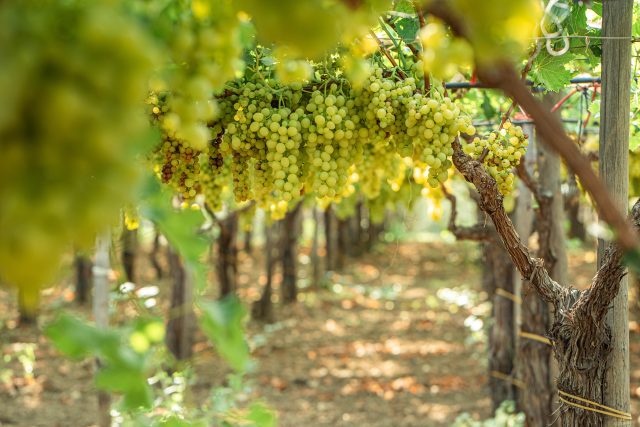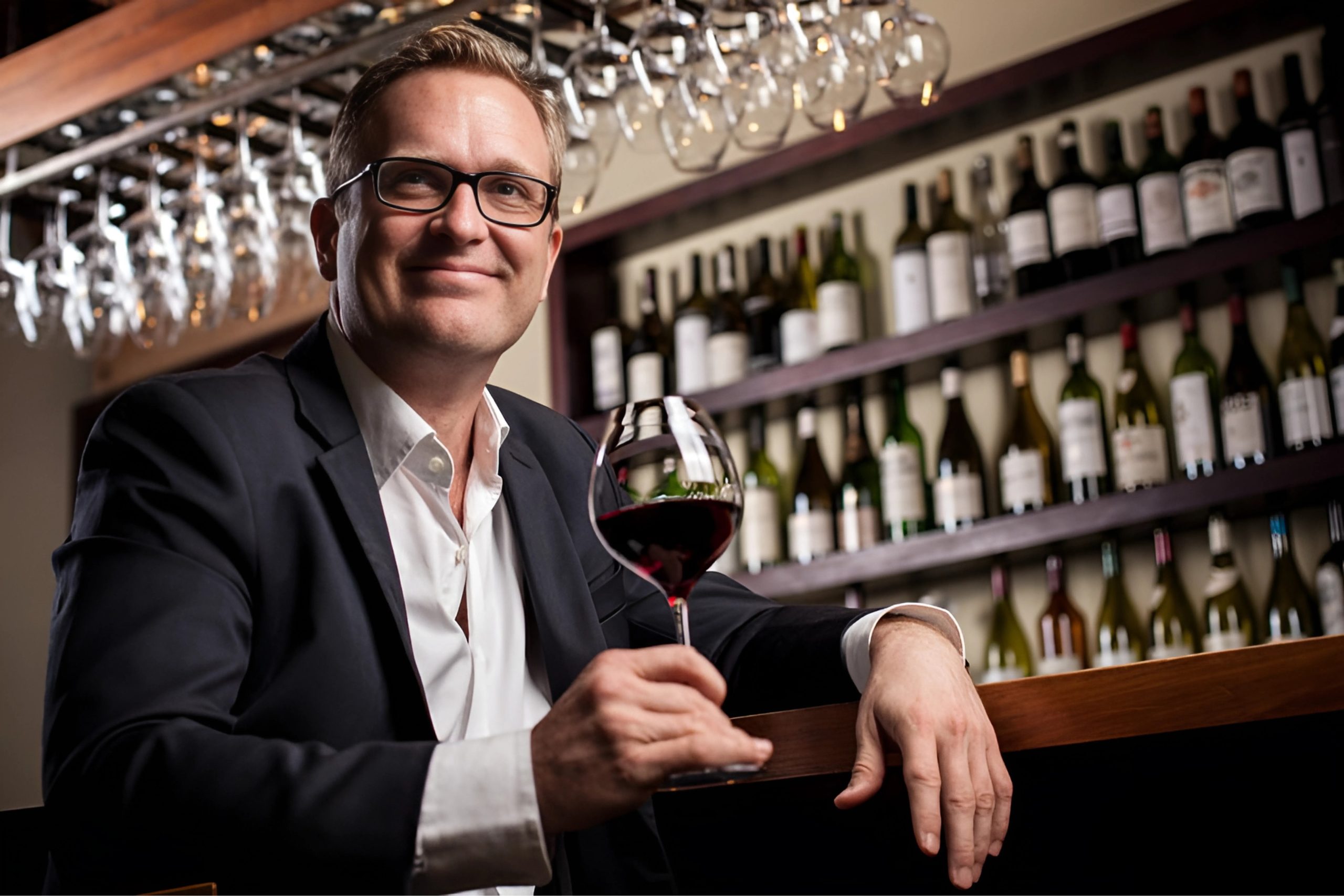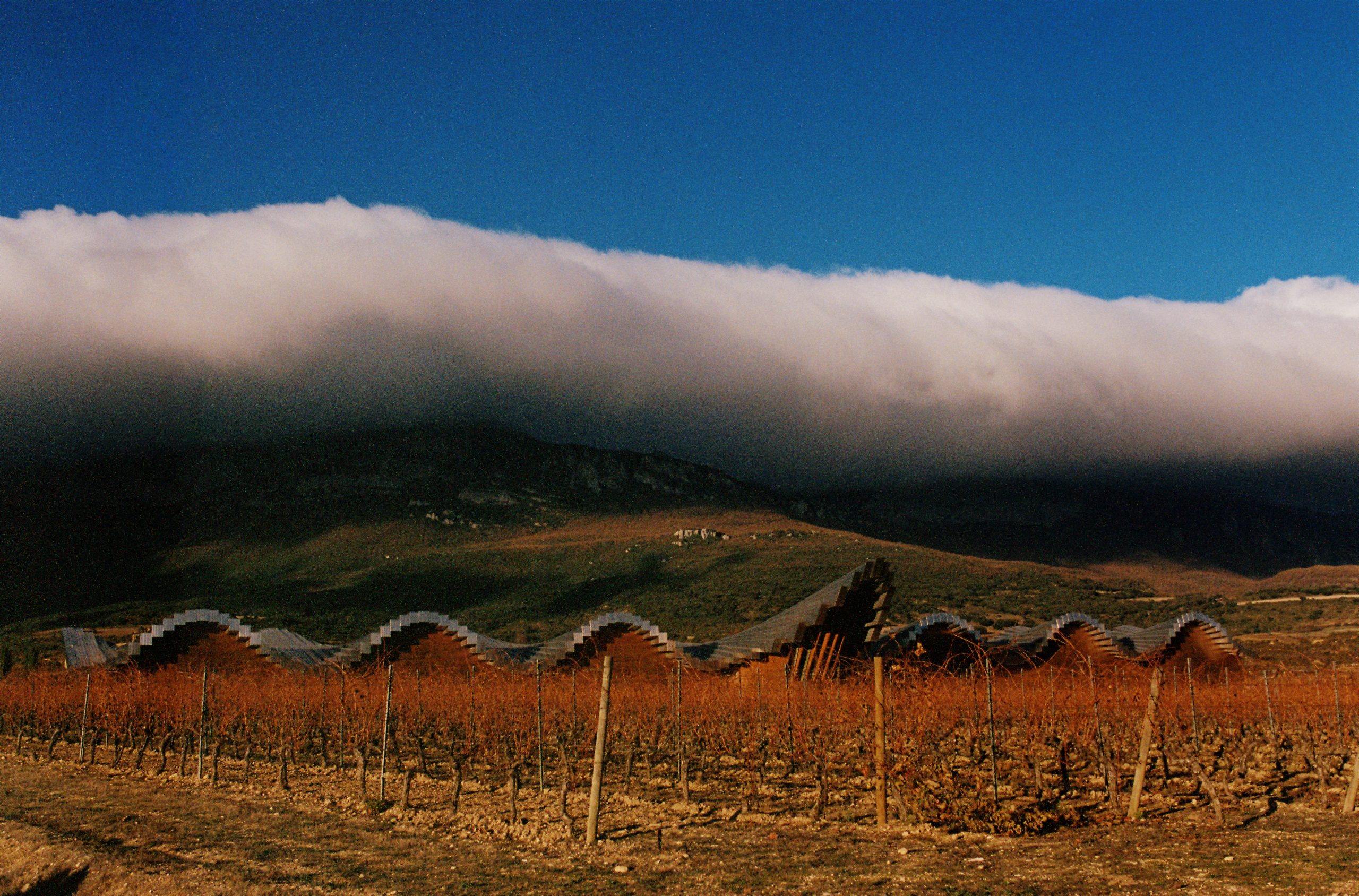Why pergola vine training is on the rise
According to one Italian MW, wine producers are reverting to the ancient pergola vine training technique, not just to lessen the impact of climatic extremes, but also worker shortages.

It was during a lunchtime discussion in London on Monday with Italy’s newest Master of Wine, Andrea Lonardi, that db learnt of a significant development taking place in Italian viticulture, as well as other parts of the world.
Lonardi, who heads up Bertani Vineyards, a mould-breaking Amarone and Valpolicella producer, with one of the largest wine libraries in the world, said that among the changes taking place in wine production in the face of current challenges, one of the most notable is a shift back to high-trained, horizontal vine training systems, commonly known as pergolas.
Noting that wine producers worldwide are facing the dual threats of a warming climate, often with greater weather extremes, and a declining supply of labour, there is a solution that can be found in the vineyard to deal with both issues – and that is the pergola.
As a result, he said that “more and more” are re-introducing the vine training technique in Italy, mentioning the increased take-up in Valpolicella – where the traditional training has long been used, and is known as the Pergola Veronese – but also other places “going back” to the system, such as Argentina, along with Galicia, where it was prevalent for growing Albarino, before a more recent shift to VSP (vertical shoot positioning).
More surprisingly, he mentioned an estate in Napa considering the training system, recording that Quintessa is considering pergola training to keep its Cabernet more shaded.
Having written his Research Paper for his MW qualification on pergola vs VSP training in Valpolicella, he is well-placed to comment on the benefits of a high-trained, horizontal system, but his conclusions on the benefits of the former might surprise.
While pergola systems are best-known for providing plenty of shade for bunches, with a canopy of leaves giving protection from sunlight for the grapes that hang beneath them, it is the reduced labour demands of the training technique that Lonardi picked out as a particular advantage.
If you compare the approach with VSP, Lonardi told db that pergola training requires less labour because there is no canopy management – referring to the shoot thinning and positioning, as well as leaf-removal needed with VSP systems.
And the approach has further advantages when it comes to a winery’s workforce. With pergola trained vines generally ripening more slowly, Lonardi said that it ensured there were “lower peaks of labour demand”, compared to VSP systems, where the grapes are generally more exposed to sunlight, and ripen faster.
“Viticulture is a business with high peaks of labour demand, and the pergola brings more stability,” he said.
Of course, it should be noted that such comparisons refer to training systems devised for manual grape picking – the common approach for high-quality and sparkling wines – with machine-harvesting solving the problem of bringing in the berries quickly with little labour requirements.
And should you employ people to pick the grapes, Lonardi noted a further benefit to pergola training: “There is less sunburn on the grapes, but also, it means that people work in the shade.”
Summing up he said, “If you harvest by hand, there is no reason to do VSP.”
Partner Content
So, while he said that pergola training can be one effective way to handle hotter summers, he said that the main benefit was the impact it had on smoothing out the peaks of labour needed for other systems.
“You need the labour to support the training system, otherwise the quality of grapes will be lower,” he said.
Continuing he recalled, “When I was growing up, there were no limits to the workforce, but today, one of the first concerns is the labour potential you have [as a wine producer].”
“This means you need to organise a model according to your potential for labour – you need to develop a system for people to work across your estate and have a good quality of life,” he said.
He continued, “You need to find a way to give people a permanent job, then you can train them, and give them a quality way of life,” before noting that all the vineyards at Bertani are pruned by permanent staff – although that’s made possible by the fact the producer is part of a bigger group, Angelini Wine, which has a further seven estates in Italy.
Nevertheless, regarding pergola vine training, he did stress that the lighter style of red wine generally produced by the technique would not be right for everywhere and everyone.
“If you want high concentration wines, then pergola is not the right decision,” he said.
Meanwhile, in a discussion with another Amarone producer several years ago, db recorded how Masi was converting its vineyards back to the pergola training system to improve the berry quality for its Amarones.
Following a three-year study from 2012, Masi began moving away from Guyot vine training to high-trained pergola trellising for its best sites in Valpolicella because the system produced berries with more anthocyanins, and fewer tannins, while the historic approach also removed the risk of overripeness in the bunches.
Masi’s winemaking director Andrea Dal Cin told db that at the height of summer, the viticultural study showed that the shady pergola-training system kept grapes up to 20 degrees Celsius cooler than the same berries grown using the Guyot approach. This is an important difference in the warmer hillside Valpolicella vineyards, which are used to produce bunches for drying on racks to create concentrated Amarone wines.
“We found that with the pergola [trained vines] on the hillsides we never get any burnt berries because we are shading the grapes, and the anthocyanins were higher in the unstressed pergola grapes because there was less colour bleaching,” explained Dal Cin.
On the other hand, the berries from Guyot trained vineyards had less colour, but more tannins, due to thicker skins produced by the grapes to protect themselves from the greater sun exposure.
Read more
Amarone improved by pergola training
Related news
Bordeaux 2024 en primeur: St-Estèphe confounds expectations




